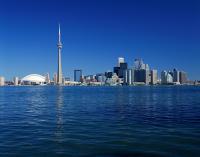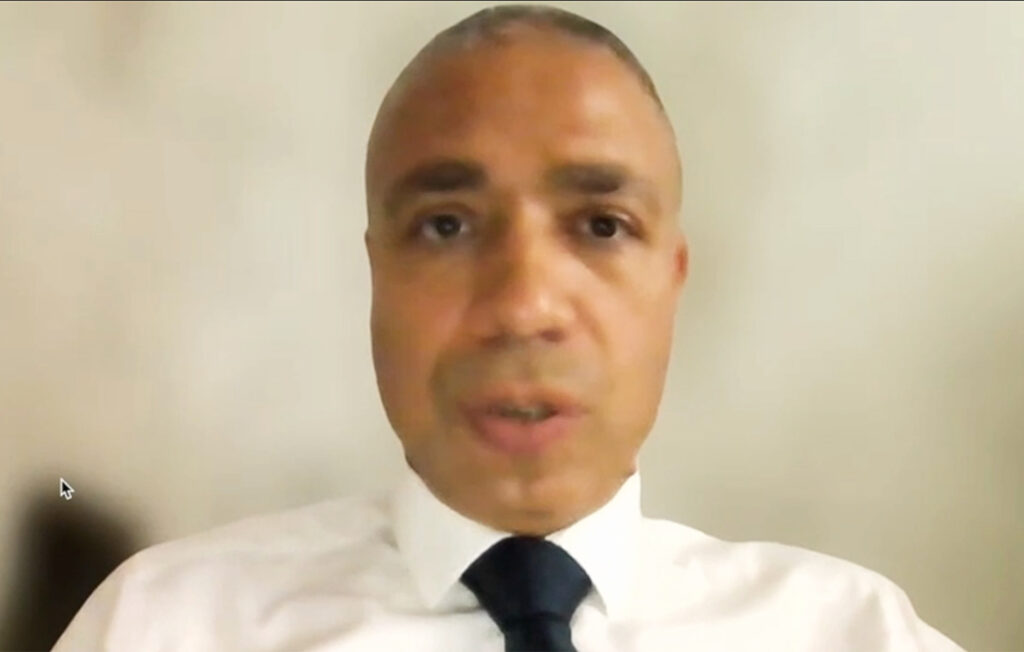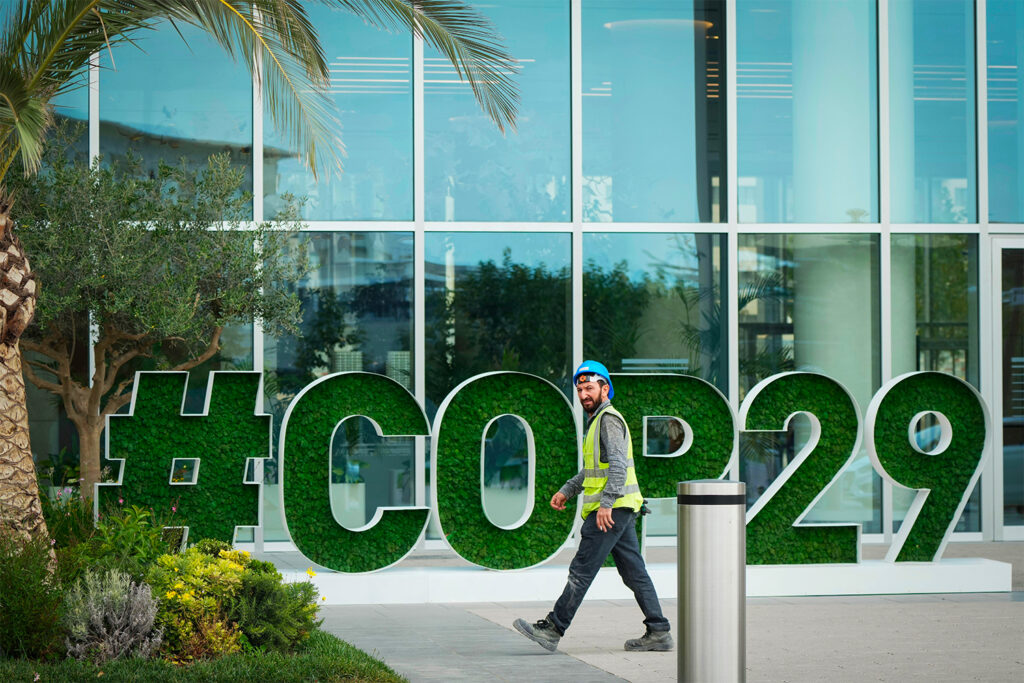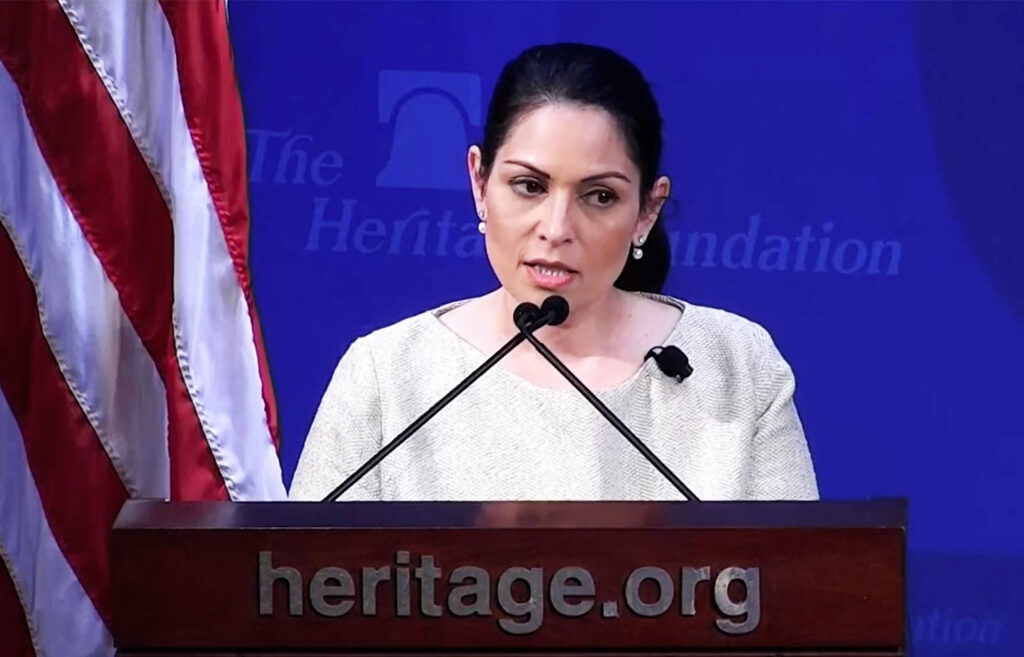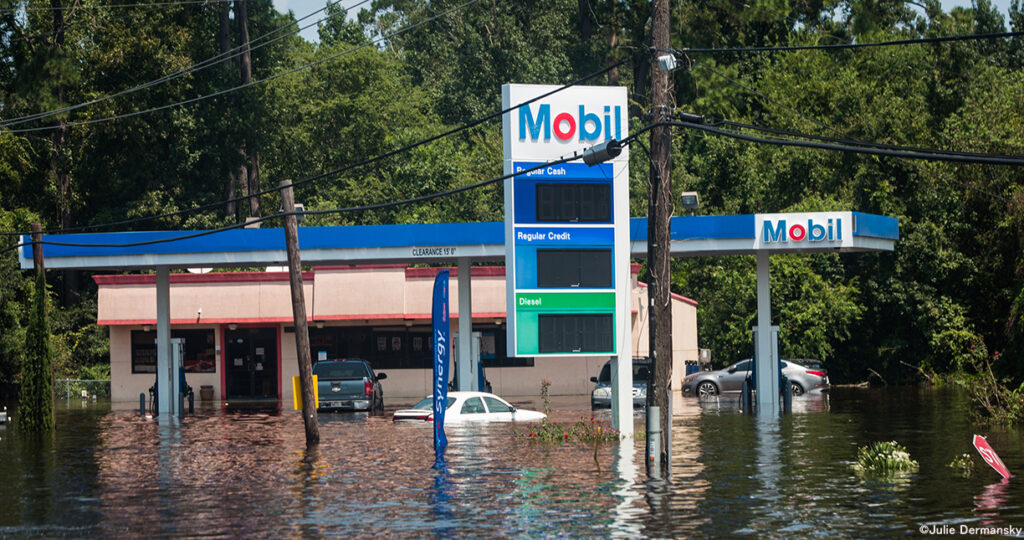This is Day 5 of my series “In Search of Al Gore: A Climate Pilgrimage.”
1:00 p.m., EST: If you can read this, that’s proof that VIA wireless works between Toronto and Montreal.
I am back on “track,” sitting in the first class VIA 1 car having just finished a lunch of hot snapper. It was, in fact, so good that it might inspire someone to complain about airline food (if airlines still served food).
As to the train, it’s roomy, comfortable and it jiggles even worse than the cross-Canada train. I am not given to motion sickness, but reading and writing are a bit tricky.
But the view is often beautiful and the service, so far, as been great.
I surrender
4:05 p.m. PST: Uncle! I give up. I am, even now, waving the white linen table napkin that VIA provides its first-class passengers.
I have seen enough snow, enough trees. The thrill from glimpsing the distant St. Lawrence River – a deep, bright blue against the winter sky – was too fleeting. The noise, the squeaks, the incessant chatter from the woman two seats back, a relative shortage of sleep and a congenital impatience – all these things have combined to make me say: I have had enough.
This is a brilliant trip. In a perfect world – unconstrained by energy issues – I would say that every Canadian should traverse the country as part of their Grade 11 Social Studies class. There is no other way to truly grasp the vastness of the land – the wealth and sprawling beauty.
Flying won’t give you that sense. And driving robs you of the opportunity to look out the window. That is, unless you’re sitting in the back seat while Lt. Col. Littlemore (that would be my dad) drives to the next posting. Toronto to Wainwright to Edmonton, to Kingston to Chilliwack to North Bay (the last leg on the train): I loved those big trips.
If you drive from Vancouver to Montreal, MapQuest recommends forgetting the whole Canadian scene and rocketing instead across the U.S. network of Interstate Highways. They estimate a trip that is just over 3,000 miles (4,800 kilometres) and can be driven in 46 hours and one minute. I’ve driven Vancouver to Toronto a couple of times, and that’s pretty much 50 hours of driving time no matter how hard you push.
The other, perhaps negative aspect of the trip is that it gives you a sense of the apparently limitless bounty that is Canada. Paul Theroux, in his great book on Chinese rail tourism, Riding the Iron Rooster, says that whenever you look out the window of a train in China, you see people – usually in crowds. You see them in the towns. You see them in the fields. You see them in the river valleys and the high mountain passes – walking, working, carrying, shopping, eating, arguing, waving to the train.
Canada offers the opposite experience. I think I saw as many deer as I did people on this trip. There were quite a few cars, and I am confident that the moving ones had people in them. There were warehouses and tiny homes. But there were 1,000s of miles of fields and forests with only passing evidence of human occupation – power lines, railway litter, high mountain clearcuts, farm furrows and maybe the odd Ski-Doo track disappearing in the drifting now.
People look at that “infinite” amount of empty space – or they look on a map and see that the “empty” land reaches off in all directions – and they think we can continue to consume without fear of running out of cool things on which to spend our inflated money. It’s the way certain American politicians think about Canada – a waste storehouse of oil, water and trees that can be tapped at will. It turns out not to be true.
Canada is big, but it’s not endless. And the sooner we stop acting like it is, the better. If Canada’s 33 million people continue to consume apace, we still won’t make that much of a dent, compared to the 1.3 billion Chinese or the billion-plus residents of India. But we also won’t have a very credible position from which to suggest that they should slow it down. If we continue to be one of the top three per capita producing countries of greenhouse gases (it’s Canada, the U.S. and Australia, if you don’t count small oil producers like Qatar), we won’t be very credible at the international negotiating table when we suggest that other countries should stick to their limits. (In fact, we’d be the laughingstock if we even brought it up at this point.)
It’s time – and past time – for us all to throw up our hands in a gesture of surrender and start looking for a new way.
Day 1: The Via Experience, Planting a Goodbye Kiss, Kitchen Crimes and Great Bedding
Subscribe to our newsletter
Stay up to date with DeSmog news and alerts


